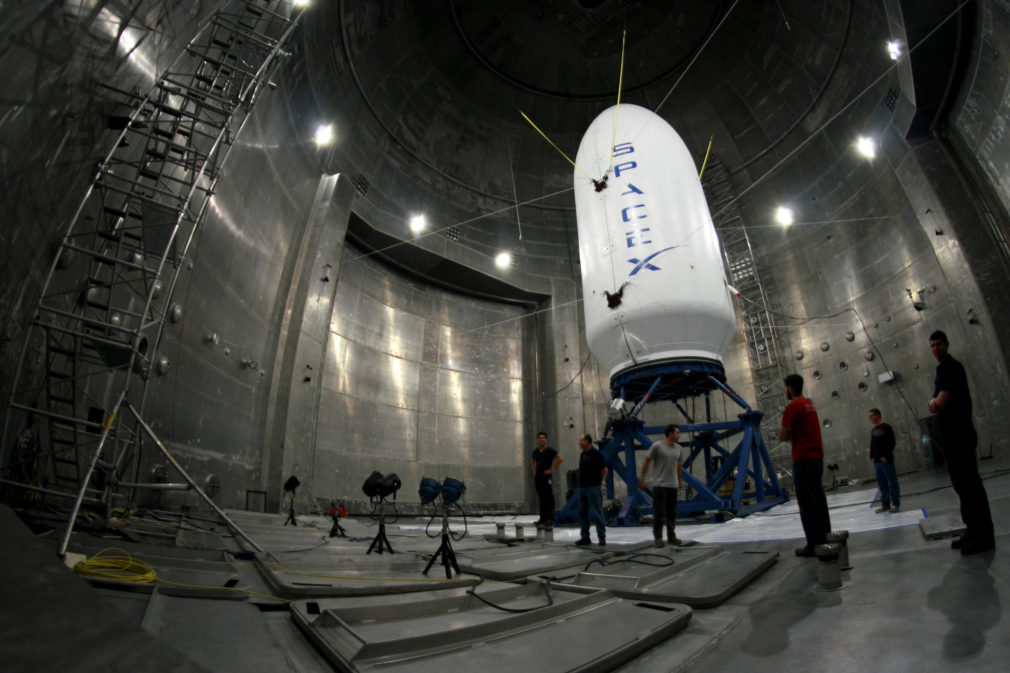NASA and SpaceX Officials, in a joint press conference, have announced that SpaceX has been given green light to conduct the first orbital launch of its reusable orbital spacecraft, Crew Dragon on March 2. The Crew Dragon passed all preliminary flight tests conducted by NASA and the launch provides a chance for SpaceX to show it’s reliability and superiority in the field.
It is no hidden fact that NASA has been looking for alternative methods to send their astronauts to the ISS (International Space Station) for quite some time now. The move is triggered by the space agency’s eagerness to pivot from the use of Russian Soyuz capsules. A successful test run would allow NASA to smoothly transition into the use of SpaceX spacecrafts in the immediate future.
The Crew Dragon, based on SpaceX’s robotic Dragon cargo capsule, which has been flying resupply missions to the ISS since 2012, is capable of transporting upto seven astronauts and is equipped with a life-support system and a touch-screen console for astronauts to use. The spacecraft also features eight SuperDraco escape engines, which would fly the vehicle out of harm’s way during a emergency launch.
Bill Gerstenmaier, Associate Administrator for NASA Human Exploration and Operations, stated that NASA fully expect to gather data and learn something from the demo launch of the spacecraft. “I guarantee that everything will not work exactly right, and that’s cool — that’s exactly what we want to do”, he further elaborated.
A successful demo would pave the way for two further launches, an high-altitude abort test, which would test the SuperDraco engines, and the transportation of two astronauts to the ISS. Both launches are expected to take place in June and July respectively. SpaceX also face stiff competition from rival company, Boeing, who are targeting a venture in the space transportation market.
“Human spaceflight is basically the core mission of SpaceX, so we are really excited to do this,” said Hans Koenigsmann, Vice President of Build and Flight Reliability at SpaceX. “There’s nothing more important to us than this endeavor.”
NASA have also revealed that the launch will be conducted from the Kennedy Space Centre, and the spacecraft will make its way towards the ISS on the back of a Falcon 9 rocket. The spacecraft will dock for a day before making the return journey, splashing into the Atlantic Ocean. The launch, docking and return procedure emulates a real crew arrival and departure to and from the station.
SpaceX will attempt the first Crew Dragon launch at 2:49 am EST (07:49 UTC) on March 2nd and most of the event will be live streamed by NASA, including the launch, docking, and the return to Earth. The launch and docking will take place on March 1 and March 2 respectively, with the return scheduled for March 7.
The Tech Portal is published by Blue Box Media Private Limited. Our investors have no influence over our reporting. Read our full Ownership and Funding Disclosure →





